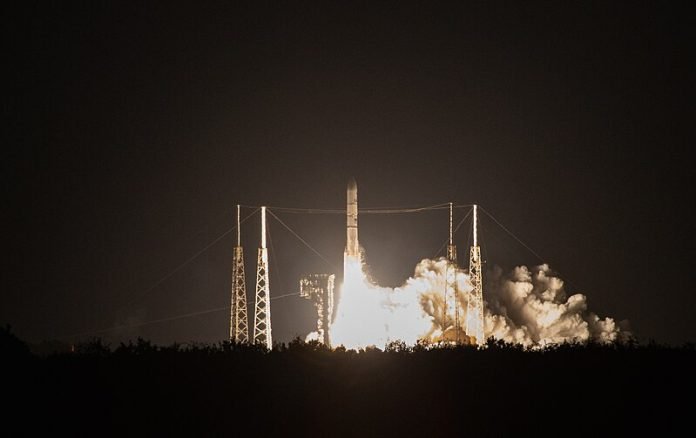The lunar lander, ‘Peregrine Mission One,’ built by ‘Astrobotic Technology’ under NASA’s ‘Commercial Lunar Payload Services’ (CLPS) initiative was launched into space on 8 January 2024. The spacecraft has since suffered propellant leak. Hence, Peregrine 1 can no longer soft land on the Moon.
The lunar lander, ‘Peregrine Mission One,’ built by the private provider ‘Astrobotic Technology’ under NASA’s ‘Commercial Lunar Payload Services’ (CLPS) initiative was launched into space on 8 January 2024 using Vulcan Centaur vehicle developed by another contractor, United Launch Alliance.
However, the spacecraft has since suffered propellant leak.
Hence, Peregrine 1 can no longer soft land on the Moon.
Astrobotic, the company that built the spacecraft has posted a message that “At this time the goal is to get Peregrine as close to lunar distance as we can before it loses the ability to maintain its Sun-pointing position and subsequently loses power.”
NASA’s ‘Commercial Lunar Payload Services’ (CLPS) initiative:
NASA started Commercial Lunar Payload Services (CLPS) initiative to promote innovation and growth of private space industry and to reduce cost and to accelerate lunar exploration towards Artemis mission. Under this programme, NASA contracts transportation services to American companies through competitive bidding.
Eight moon missions have been contracted to private providers to date. ‘Peregrine Mission One’ or CLPS-1 was the first in the series. CLPS-2 is planned in February 2024. The eighth planned missions is scheduled in 2026.
NASA’s ‘Commercialisation’ efforts have taken concrete shape with the launch of Peregrine Mission One
***
References:
- NASA. Peregrine Mission 1 (TO2-AB). Available at https://nssdc.gsfc.nasa.gov/nmc/spacecraft/display.action?id=PEREGRN-1
- Astrobotic Technology. Update #6 For Peregrine Mission One. Available at https://www.astrobotic.com/update-6-for-peregrine-mission-one/
***




































